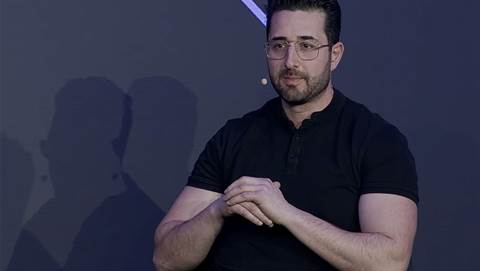The evidence that our world is experiencing a changing climate is now undisputed. In the past year, the Intergovernmental Panel on Climate Change (IPCC) has issued a string of reports, each more depressing reading than the last. The message is stark: climate change is affecting every inhabited region across the globe. This includes the United States, which experienced 20 separate billion-dollar weather events in 2021, and Australia, which has seen a 16 percent decline in rainfall since 1970.

Climate Change Impacts on Supply Chain
What to do about the impacts of climate change poses a dilemma for supply chains. Should we act now or wait to see what might happen? Our research tells us that the impacts are being felt now. These transcend the environmental impacts of wildfires, floods and freezes that traditionally come to mind.
The impacts of climate change are typically split into three groups:
- Transition risks arise from policy and market changes as we transition to a lower-carbon economy. For example, if the cost of carbon and regulations on emissions increases, fossil fuel assets may become stranded. Stranded assets are subject to premature write-down, not yielding expected financial returns.
- Physical risks can be event-driven (acute) or seen as longer-term shifts in climate patterns (chronic). Event risks include floods and wildfires. Longer-term shifts include risks such as increased average temperatures, rising sea levels and chronic heat waves.
- Climate change opportunities can be realized as consumer preferences for products or services change, or as new markets open for products. For example, we are seeing growth in the adoption of electric vehicles and the associated charging infrastructure.
I acknowledge that it can be overwhelming to consider all the risks and opportunities, but doing nothing is not an option. The impacts of climate change are only going to increase.
As Michael Goltzman, vice president, global policy and sustainability, at the Coca-Cola Company, says: “We all realize that climate change is here already, and we need to ensure that we are investing to be resilient and to adapt our business for the future.”
So where do supply chain leaders start? In a recent report, Gartner introduced three key actions supply chain leaders can take to move the dial on the climate change risk and action. The three actions are:
- Create a sense of urgency: CSCOs must engage with leaders to build the business case for action by reiterating the message that inaction will lead to more frequent and increasingly costly disruptions. They should work with experts to simplify the messages on climate change so that they relate to the business context. By doing this, it will enable the organisation to facilitate investment in the solutions to manage the risks.
- Leverage risk management and scenario modelling: Utilise existing risk processes to help identify risks and opportunities. Overlay these with scenarios that define plausible versions of the future. There are lots of great examples of scenarios that are already published by the IPCC and World Economic Outlook to provide us with a starting point. Once we’ve done this, we should assess the impacts of risks. Only then can we determine an effective response.
- Match action to risks and opportunities: Actions on climate change range on a continuum, starting with focused adaptation, which centres around local site-based actions. This creates minimum capabilities to react to risk and is generally in the form of engineered solutions and business continuity plans. This approach works well in the short term, but does not guarantee long-term success.
Informed adaptation comes next, with both an assessment based on revenue generated and the impacts of different scenarios on both the product portfolio and footprint. The supply chain and the wider enterprise focus actions based on revenue protection, not on location or site.
Finally, those organisations that are both responding to risks and seizing opportunities are moving toward transformative adaptation approaches. Climate change is informing company strategy. These organisations take a long-term view of the business, with each decision weighed against climate change impact. In this case, climate change is seen as both a near and long-term threat and an opportunity for differentiation to achieve a competitive advantage.
This article was republished with permission from the Gartner Blog Network.


_(20).jpg&h=140&w=231&c=1&s=0)


_(22).jpg&h=140&w=231&c=1&s=0)



_(26).jpg&w=100&c=1&s=0)

 iTnews Executive Retreat - Security Leaders Edition
iTnews Executive Retreat - Security Leaders Edition












_(1).jpg&h=140&w=231&c=1&s=0)



